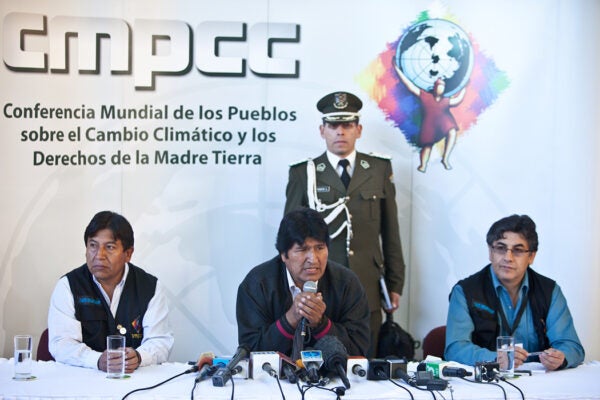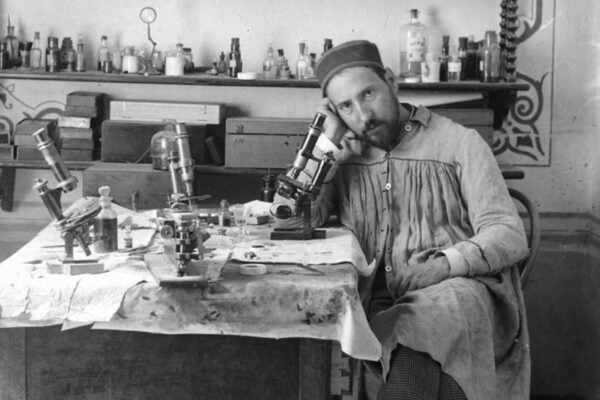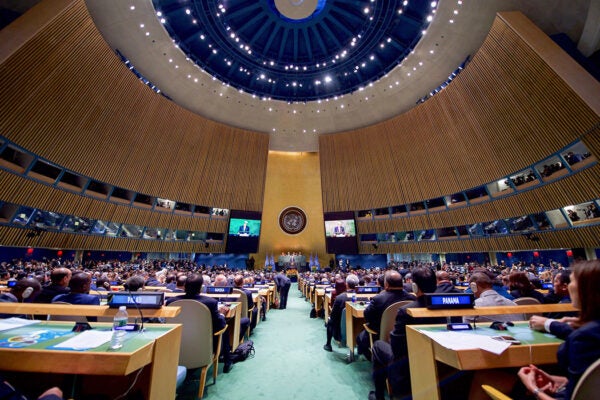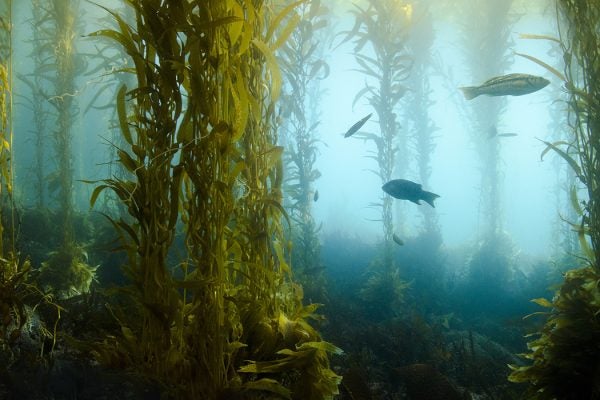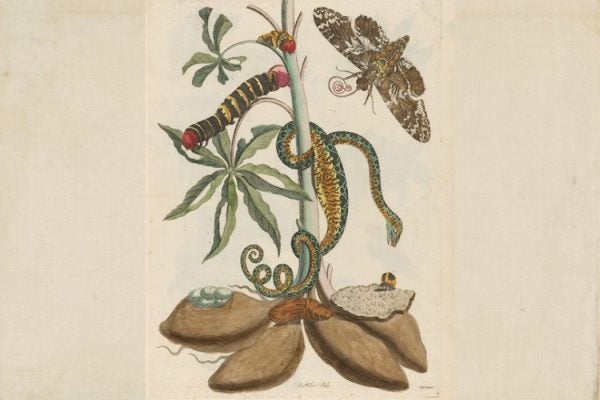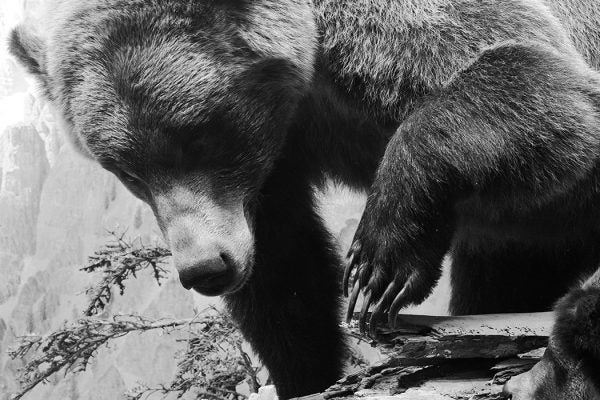Cochabamba People’s Agreement: Annotated
In April 2010, representatives from 140 countries gathered in Bolivia to outline an explicitly anti-capitalist, decolonial agenda for the sake of the planet.
Imag(in)ing the Brain
Nobel winner Santiago Ramón y Cajal preferred to draw his own renderings of neurons rather than avail himself of photomicrography's wonders.
The Paris Agreement: Annotated
Adopted by almost 200 parties at the 2015 UN Climate Change Conference, the Paris Agreement captures international ambitions for cooperative climate action.
Celebrate World Bear Day!
The joy and concern we feel on World Bear Day perfectly represents our complicated—and sometimes contradictory—feelings about these massive mammals.
Turf Algae and Kelp Forests
Structurally complex kelp forests, pushed beyond their tipping points, are being replaced by mat-like, low-structure turf algae around the world.
Plant of the Month: Cassava
Cassava can grow in hot climates with little rainfall. It may be the "root crop of the century."
What We’re Reading 2021
Mini book reports from your favorite bloggers and editors here at JSTOR Daily.
Could Negentropy Help Your Life Run Smoother?
In physics, entropy is the process of a system losing energy and dissolving into chaos. This applies to social systems in everyday life, too.
In Phytoremediation, Plants Extract Toxins from Soils
Researchers have a cheap, easy way for cleaning up oil spills: letting plants do the work. Why isn’t it used more often?
The Scientist Who Wanted Grizzly Bears Eliminated
In the late 1960s, two highly visible deaths from grizzly bear attacks led to a debate about whether humans and bears could coexist.
